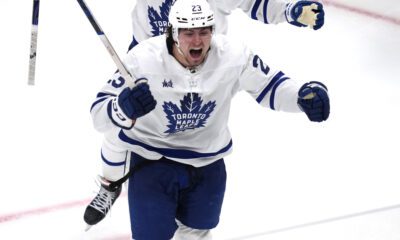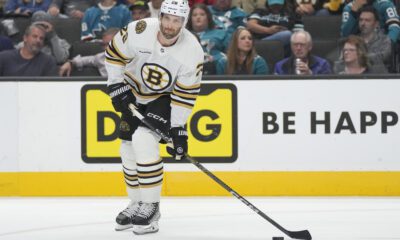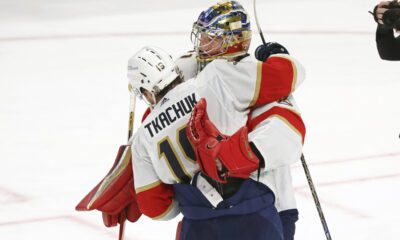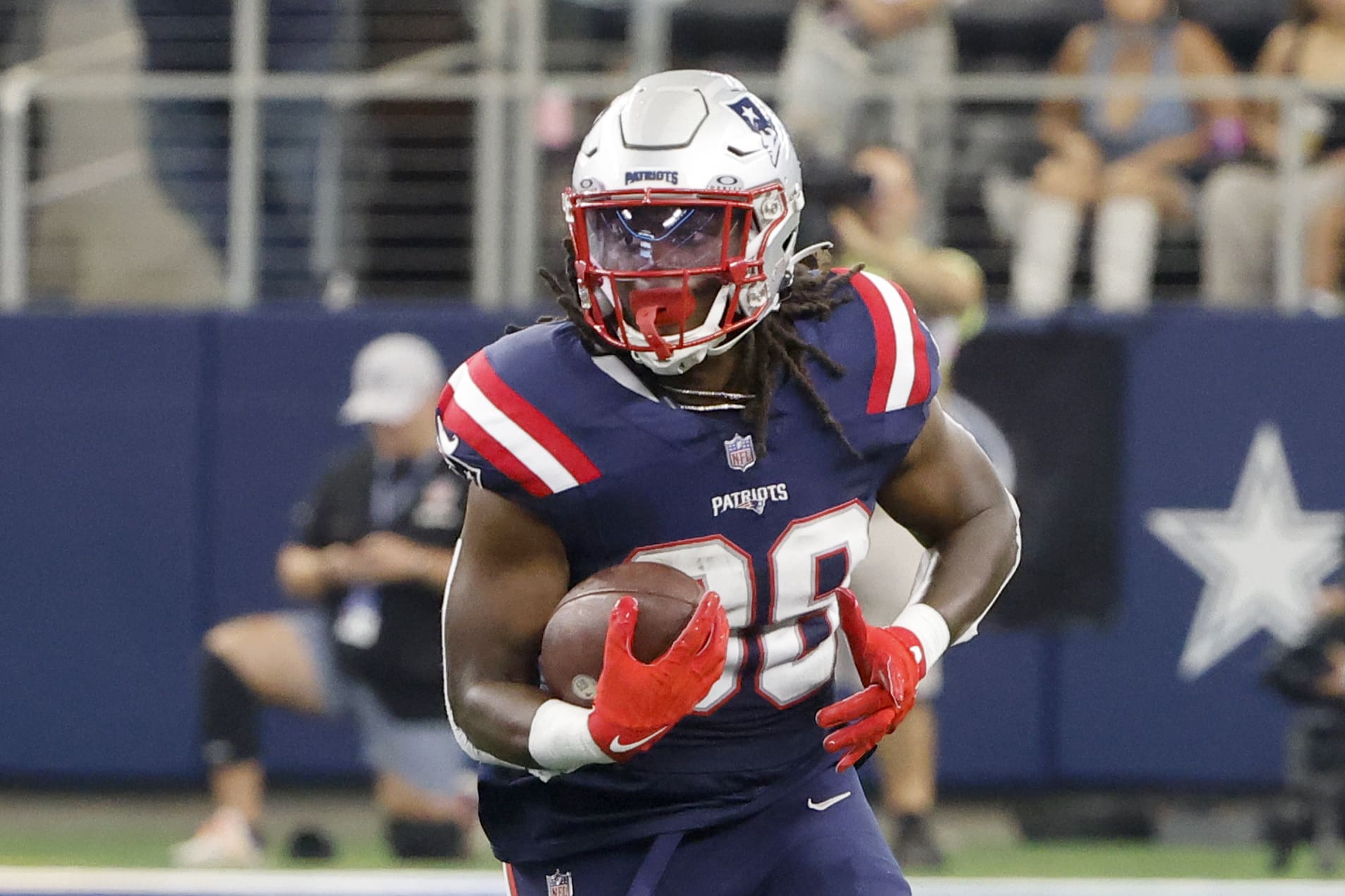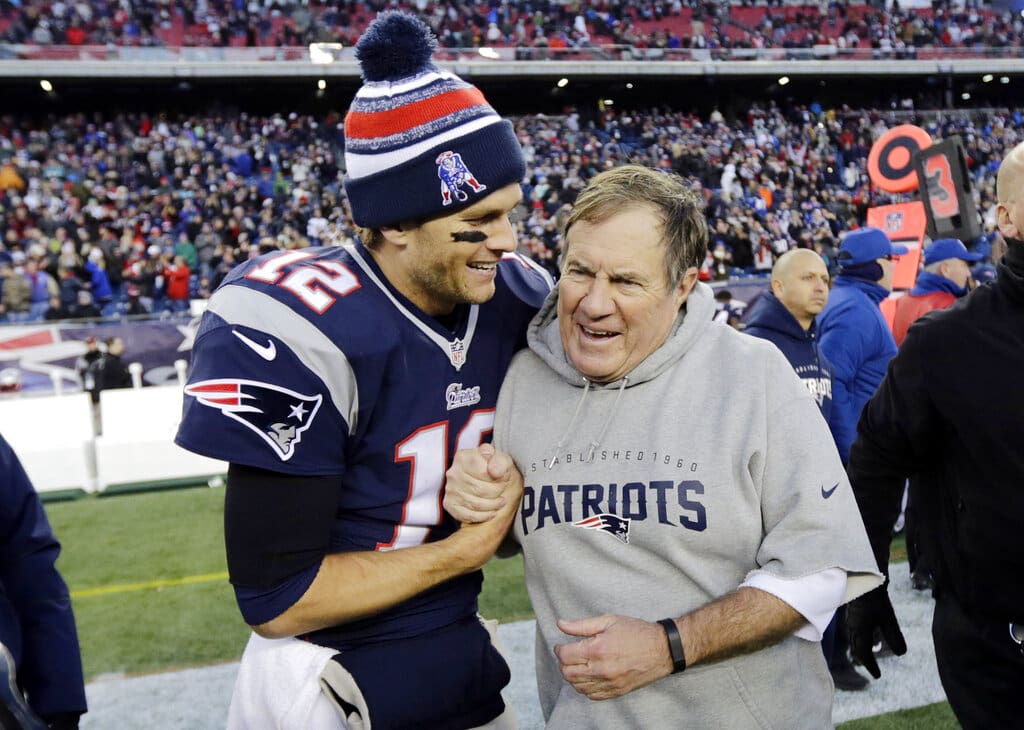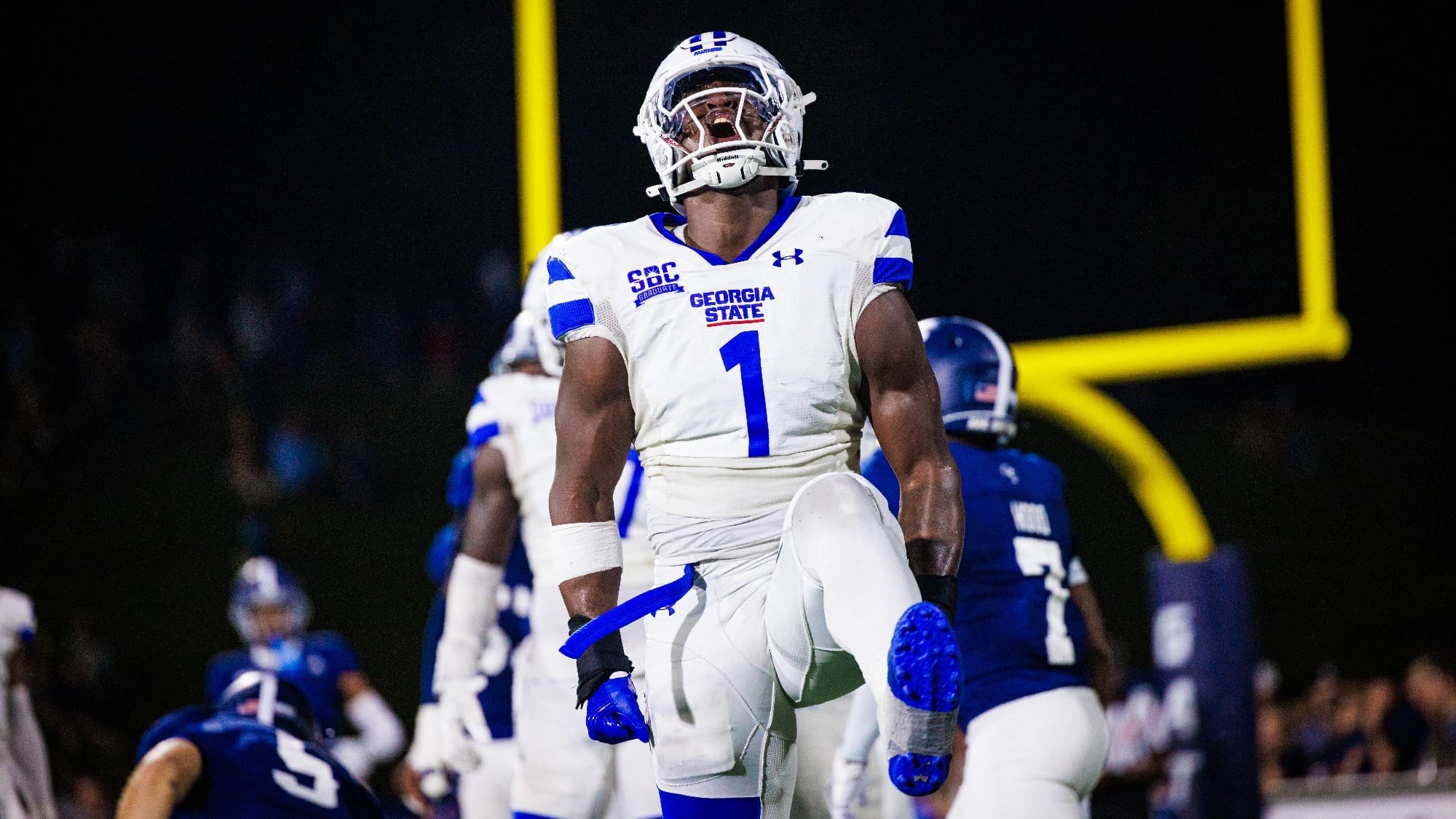Boston Bruins
Colageo: Boston Bruins winger Trent Frederic Leaves an Aftertaste

If Boston Bruins President Cam Neely receives a phone call from George Parros or Bill Daly on Monday, it will be a gentle reminder of the way things are done in the National Hockey League circa 2023.
NESN web writer Gayle Troiani had noted during Saturday night’s 2-1 overtime loss to the New York Rangers at TD Garden that Trent Frederic was but an assist away from everyone’s favorite, old-time-hockey hat trick, the “Gordie (Howe).”
Early in the second period, Frederic had scored the game’s first goal and later got his licks on Rangers captain Jacob Trouba, whose two-handed stick strike to Frederic’s head on Nov. 25 in New York was punished only after the fact by the NHL’s maximum $5,000 fine.
It was the most embarrassing miss of the season for NHL on-ice officials and, though the measly fine is governed by collective bargaining, made the league’s Dept. of Player Safety look bad.
During a post-whistle confrontation in that game, Frederic was pushing Trouba’s top hand away from the Boston net and, as the Rangers captain recoiled, he shrugged off the Boston Bruins winger’s gesture and continued that motion into a hard swing, solidly jarring the side of the Boston forward’s helmet.
The plastic protection notwithstanding, Trouba’s violent hack could have ended Frederic’s career. (Chalk one up for the oft-criticized hockey helmet.) No doubt, Frederic was more upset after watching the replay than in the moment that it happened.
They fought in the second period on Saturday. Frederic landed a solid punch before both combatants fell to the ice.
“I can never hit him hard enough as he hit me. I’d have to fight him 10 times to do that. That’s what’s nice about hockey,” said Frederic, who didn’t hesitate to indicate that their fight does not, in fact, close the book.
Since Gary Bettman became commissioner in 1993, the NHL has taken a hard line with its players and teams on the issue of retribution, as in we are the justice department, you skate your lane.
What has evolved in the 19 NHL seasons since lightweight, synthetic sticks and stricter enforcement standards for clutch-and-grab hockey have focused management teams on skill is the marginalization of the enforcer.
The goon is going … going so far that hockey activists are calling for the NHL to make it official and end its era of allowed fighting.
I’ll give them this much: The idea that having a thug in your lineup is a deterrent to dirty play has always been a myth. That admitted, the toughness and intimidation that wins in the playoffs permeates the upper levels of a team’s lineup, it doesn’t only nibble around its edges, as in 5:00 ATOI in the playoffs.
The NHL’s preoccupation with optics has only intensified in the social-media era. Contrary to widespread outrage at the league’s recent ban on special, cause-related pregame sweaters, the NHL is very concerned with widening its fanbase beyond stereotypes.
Why? Because the non-traditional sector of the market has become more important than the comfort zone of the traditional sector (i.e. it’s good for business). If this were not the case, former Boston Bruins coach Don Cherry and former Boston Bruins defenseman Mike Milbury would still have their national-television broadcasting jobs.
Simultaneously, the emergence of CTE as a widely known deterioration of the brain due to repeated physical blows has influenced how the league deals with fighting, which is technically still allowed in professional hockey, punishable by a five-minute major penalty. But which fights are allowed is where this rubber meets the road.
The days of two opponents, angered by what has transpired in the flow of the game, fighting as a result is no longer allowed. You see these fights broken up all the time before they really get started.
The staged fight of the 1990s has been marginalized because it spotlights a problem. But it has subtly been replaced by a new kind of staged fight, the one-on-one battle that, the NHL hopes, will put an end to a feud.
A defenseman lands a big bodycheck and is leveraged into a fight that, hockey-wise, benefits the opponent.
Why is this allowed? Because the NHL does not want its players angry and its game angry. The league is afraid of another 1984 Montreal-Quebec or 1987 Montreal-Philadelphia. The league wants its scores settled in small, manageable bites, within Marquis of Queensbury Rules, abruptly and safely.
Thus, league-appointed pundits are always first to lecture players and teams with public pronouncements that this little bout settles the matter and we’d better not hear another word. Matt Cooke could only wish he played now that this new code is crystal.
This is where Frederic’s postgame interview could cause concern in NHL offices. His open-ended outlook goes against newly established principles of game and sport management. If Neely gets a call this week, it’ll be to instruct him that the fire goes out on Frederic-Trouba and it goes out now.
Former Boston Bruins left winger John Wensink, in Boston this past weekend with Stan Jonathan and other select Lunch Pail-era Bruins, helped coach Frederic when the latter was a kid growing up in the St. Louis area.
“I love the kid, he’s a St. Louis kid. … I was one of his coaches in the Quebec peewee tournament, I love the way he plays,” said Wensink, asked by Mass Live’s Matt Vautour which current Bruin would fit with the Lunch Pail Gang of the late ’70s. “He’s a great kid, his family is just a top-notch family. I pull for him a lot.”
Wensink, a gentle soul off the rink who fashioned a doll house when babysitting his daughter, decades later helps her out by driving his grandson to hockey practice south of St. Louis. When asked to discuss his historic challenge of the Minnesota bench, he seems embarrassed.
“Earlier in the season (Oct. 26) we played in Minnesota, and a handful of us and Don (Cherry, coach) did a commercial for the North Stars to promote that they were going to be a tougher team. That was maybe in the back of my head,” said Wensink, recalling the Dec. 1, 1977, incident at Boston Garden when he and Terry O’Reilly gave Alex Pirus and Steve Jensen simultaneous beatdowns. “The adrenaline was going and, honestly, there was no motive behind it, I don’t think, other than just pure adrenaline – spontaneous. It was a weak moment, I guess.”
The moment became so popular in hockey-fight history that, when appearing in charity games, Wensink is typically asked to re-enact the infamous invitation but declines. Saturday night during his pregame introduction to the Boston fans, he stopped by the Rangers bench to issue the mock invitation.
“Actually, tonight is the first time I’ve actually done it on the ice in front of another team in front of fans and that, because I was always afraid that maybe the team would come off the bench,” he said, bringing laughter from a crowded press scrum during the first intermission of Saturday night’s game. “I’ve always downplayed it, and I just – it was one of those moments. Not a bad moment, because it’s been around for a long time.”
Wensink’s legacy is that of an enforcer, but that 1977-78 season the left winger was only four goals shy of adding a 12th 20-goal scorer to the Bruins’ still-standing, NHL-record 11. The next season, he started on fire, scoring eight goals in Boston’s first seven games. After a seven-game drought, he scored 15 in his next 23 and finished the 1978-79 season with 28 goals.
“It’s so funny, after I’d been retired I moved back to St. Louis and I’m talking to some of the Blues’ alumni … if I only knew how much room I had out there when I was playing, I might have been able to get a few more,” said Wensink, whose job was to be at the net ready to pounce on what Peter McNab or Terry O’Reilly created.
Among several tough teams in the 1970s, none was quite as rugged as the late ’70s Boston Bruins captained by Wayne Cashman with O’Reilly in his prime and Wensink, Stan Jonathan and Al Secord all on the rise.
“Schmautzie wasn’t a heavyweight, but he was a scary player to play against,” noted Wensink of the late Bobby Schmautz. “I always felt it didn’t matter what line was coming out next. There was an element of each, a playmaker and a physical player … so we were able to roll four lines over, and I think a lot of that kind of helped create that lunch-pail thing. You know, we go to work, we do our job. After we’ve done our job, we go and celebrate and have a good time.”


